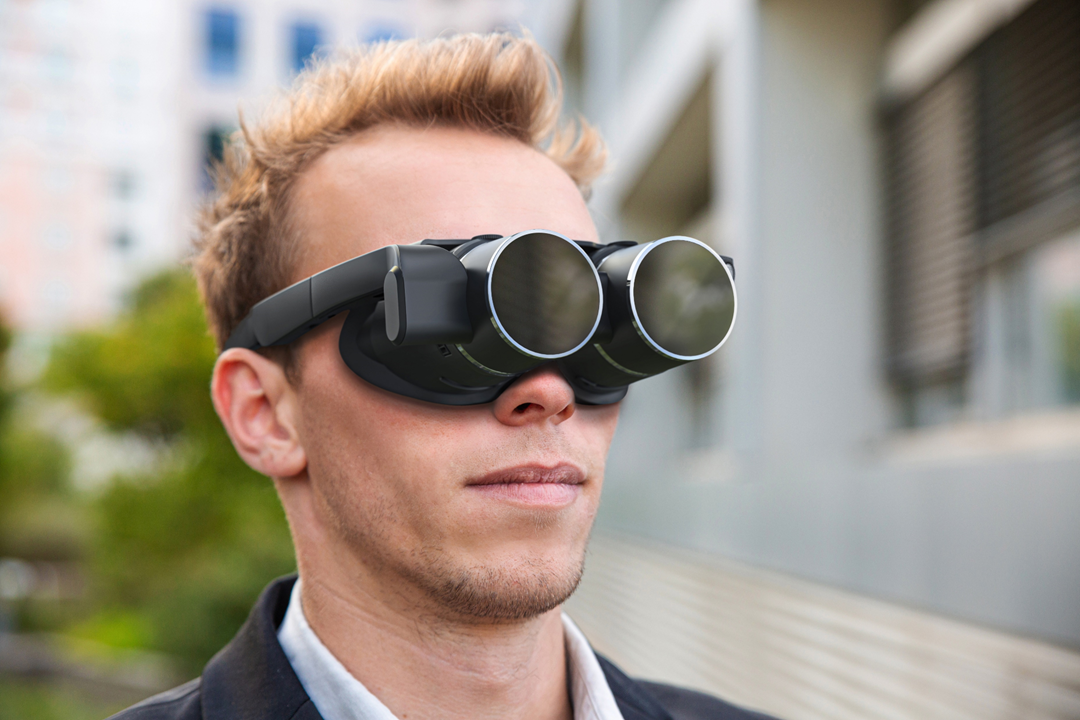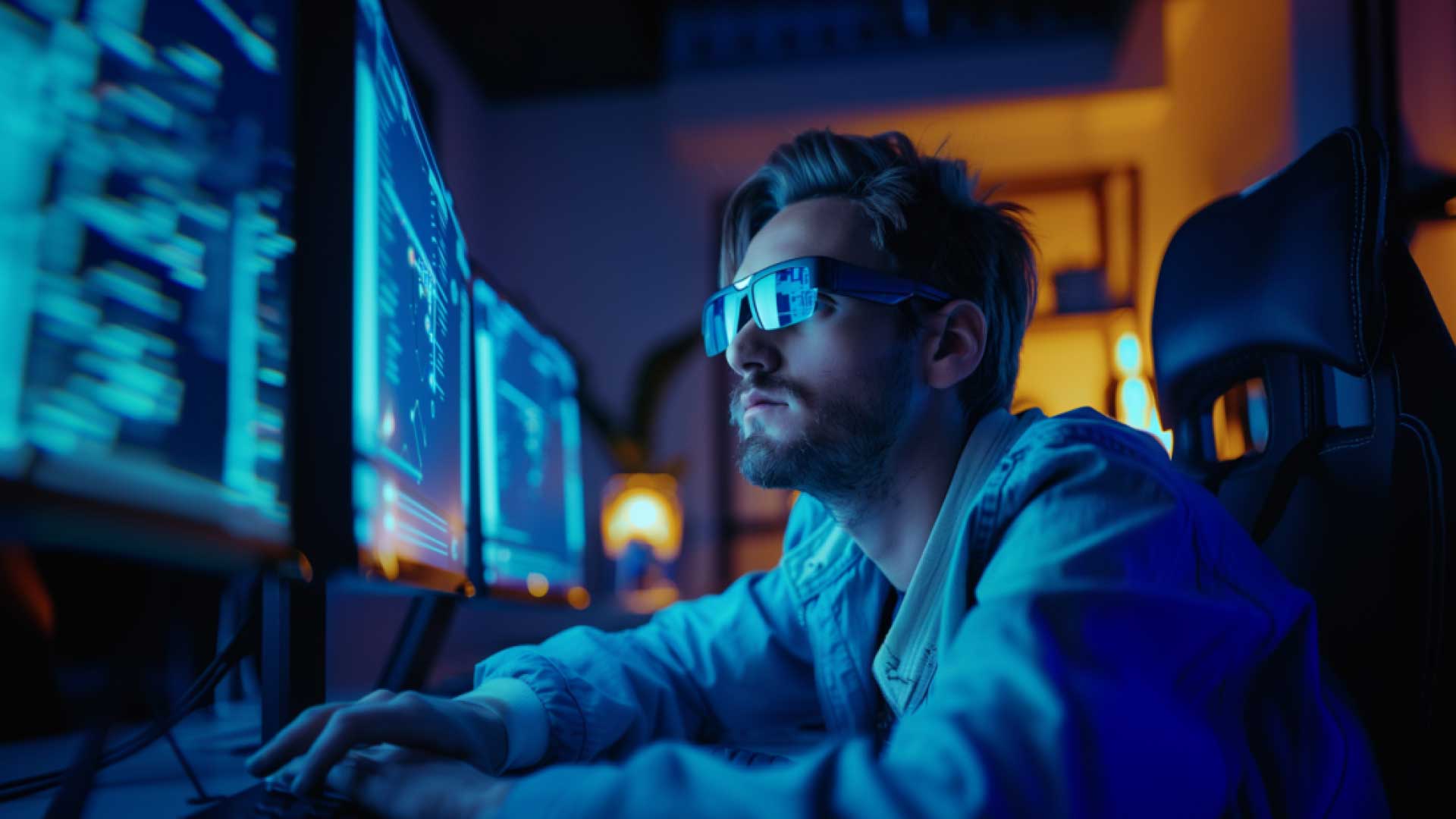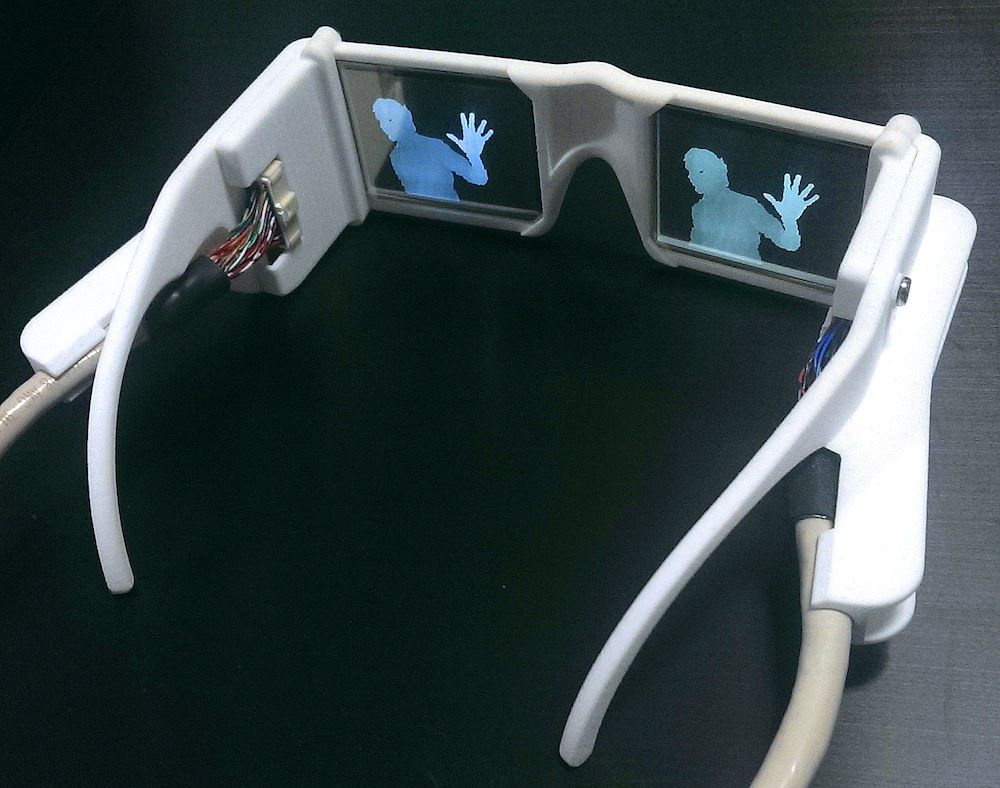Enhancing Ease Of Access Through Assistive Innovation for the Blind
The integration of assistive technology for the blind represents a critical innovation in availability, essentially changing exactly how individuals browse their environments and engage with culture. As we discover the varied kinds of assistive tools and their substantial influences on day-to-day living, it comes to be crucial to examine just how recurring technical innovations are improving the landscape of assistance for the blind area.
Review of Assistive Innovation
Assistive innovation describes a variety of devices and software application created to improve the capabilities of individuals with handicaps, consisting of those that are blind or visually impaired. This innovation plays a critical function in advertising freedom and boosting the high quality of life for users. By giving alternate approaches for accessing details and carrying out daily jobs, assistive technology empowers individuals to browse their atmospheres better.
The development and execution of assistive modern technology accept a selection of principles targeted at promoting availability. These principles consist of user-centered design, which focuses on the needs and preferences of the person, and the combination of modern technology into daily activities. Such innovations make sure that assistive devices are not just functional however very easy and also instinctive to use.
Moreover, assistive innovation incorporates a diverse spectrum of services, from low-tech choices like magnifiers to modern technologies such as screen visitors and Braille screens. The ongoing development of this area is driven by the need to deal with the special obstacles faced by people with aesthetic problems (Wearable technology for low vision). As technology continues to advance, the capacity for boosting access and promoting inclusivity remains appealing, inevitably adding to a more equitable society

Kinds of Assistive Devices
Countless sorts of assistive devices are available to support individuals who are visually impaired or blind, each made to attend to details requirements and difficulties. These gadgets can be broadly categorized into three primary kinds: low-tech, mid-tech, and state-of-the-art remedies.
Low-tech tools consist of things such as magnifiers, Braille tags, and responsive maps. These are fairly basic tools that enhance the user's ability to connect with their environment without requiring complex modern technology.
Mid-tech devices usually include advanced features, such as digital magnifiers and portable Braille note-takers. These tools can use functionalities like speech result, enabling users to accessibility info extra effectively.

Effect On Daily Living
The accessibility of different assistive tools considerably improves the top quality of life for individuals who are blind or aesthetically damaged, affecting their everyday living in extensive ways. By incorporating technologies such as display viewers, Braille presents, and audio description services into their routines, individuals obtain better freedom and independence. These tools help with access to info, making it possible for people to do day-to-day jobs, such as reviewing e-mails, browsing public rooms, and delighting in media material.
Additionally, assistive tools encourage people to involve even more totally in social communications and area tasks. The ability to use smart devices furnished with access attributes permits for seamless interaction and connection with others. This connectivity fosters a sense of belonging and lowers sensations of seclusion.
In professional settings, assistive technology sustains efficiency by enabling individuals to complete work tasks successfully. Devices like voice acknowledgment software and specialized magnification tools enable users to get involved in the labor force on equal ground with their sighted peers.

Innovations in Modern Technology
Recent technological innovations have actually considerably changed the landscape of tools offered for people that are blind or aesthetically impaired. The integration of expert system (AI) and device learning has triggered applications that enhance navigating and object acknowledgment. Smartphone applications can now use AI to recognize and explain environments in real-time, providing customers with important contextual details.
Additionally, improvements in haptic technology have brought about the development of wise canes furnished with sensing units that spot barriers and provide tactile comments. This encourages click to investigate users to browse their setting with increased confidence and freedom. Advancements in text-to-speech software application and braille displays have actually improved the availability of electronic material, enabling for seamless communication with different media.
Wearable technologies, such as clever glasses, are additionally making strides in helping visual disability. As technology continues to advance, the capacity for even more transformative tools remains on the perspective.
Future Trends and Innovations
As modern technology rapidly advances, the future of assistive tools for individuals that are hyperopia blind holds enormous pledge. Innovations in expert system (AI) and artificial intelligence are positioned to transform the method blind customers connect with their environments. AI-driven applications are being developed to enhance object recognition, enabling customers to recognize and browse their environments with better convenience and precision.
Moreover, developments in haptic feedback innovation are making it possible for the production of responsive maps and navigating help that give real-time details via touch. These advancements not just improve wheelchair but likewise foster freedom. Additionally, wearable tools equipped with enhanced reality (AR) functions are emerging, offering customers aesthetic details via sound summaries, thus bridging the gap in between the physical and electronic worlds.
Additionally, the integration of clever home modern technology offers brand-new chances for availability, enabling individuals to regulate their living atmospheres through voice commands or smart device applications. As collaboration between technology designers and the blind community proceeds, the concentrate on user-centered design will certainly guarantee that future developments are customized to satisfy the distinct demands of this population (Wearable technology for low vision). The trajectory of assistive modern technology promises a more empowering and comprehensive future for individuals that are blind
Verdict
In final thought, assistive innovation plays an essential function in enhancing availability for people with aesthetic impairments. Continuous innovations in innovation and user-centered style make sure that these devices provide successfully to the one-of-a-kind needs of the blind area.
The integration of assistive technology for the blind stands for a crucial improvement in access, essentially altering exactly how individuals browse their environments and involve with culture.Assistive modern technology refers to a range of devices and software created to navigate to this site boost the capacities of people with handicaps, consisting of those that are aesthetically damaged or blind. Wearable technology for low vision.As innovation quickly advances, the future of assistive devices for people who are blind holds enormous guarantee. The trajectory of assistive technology promises a more comprehensive and empowering future for people that are blind
In final thought, assistive innovation plays a critical duty in boosting availability for individuals with visual impairments.